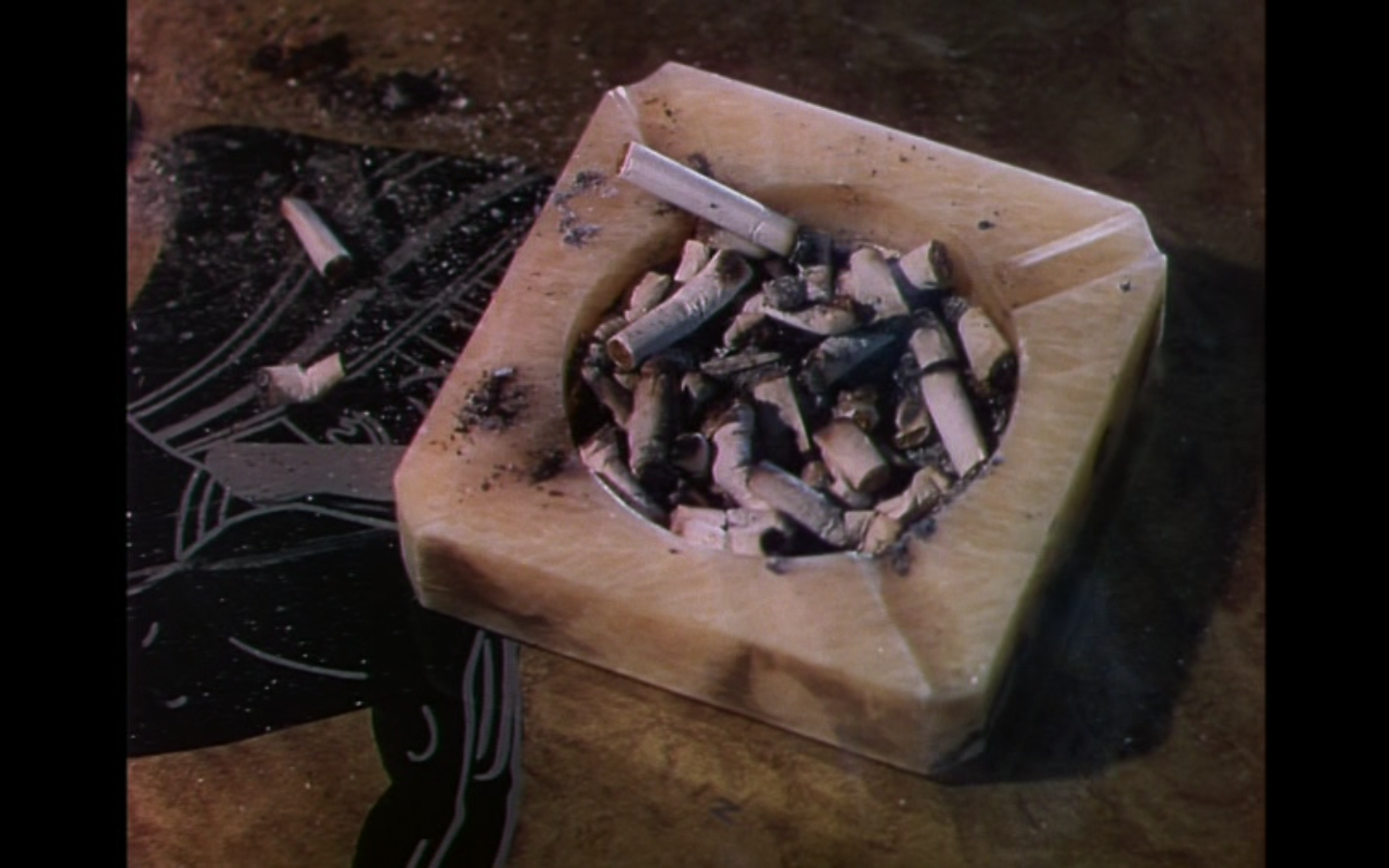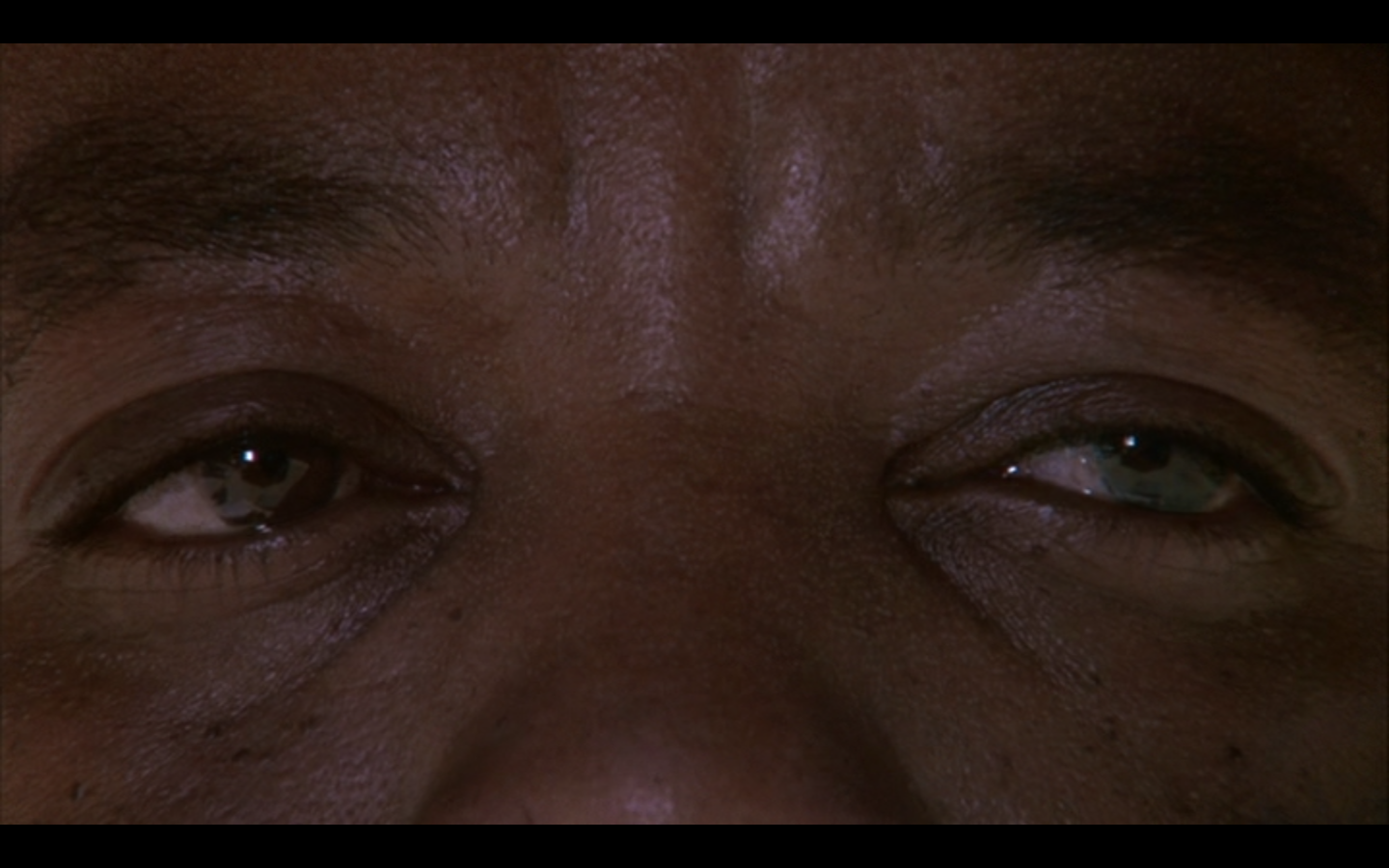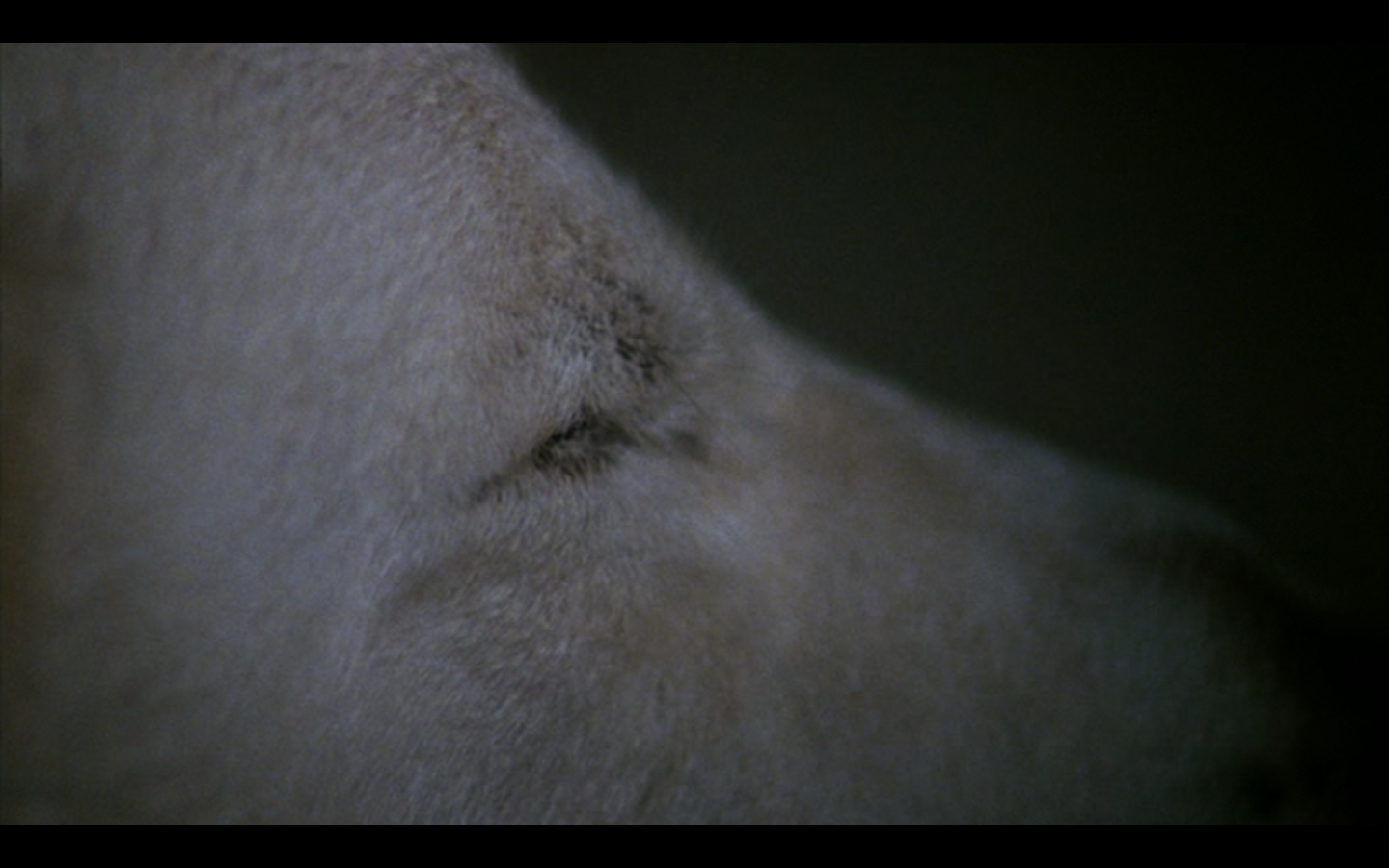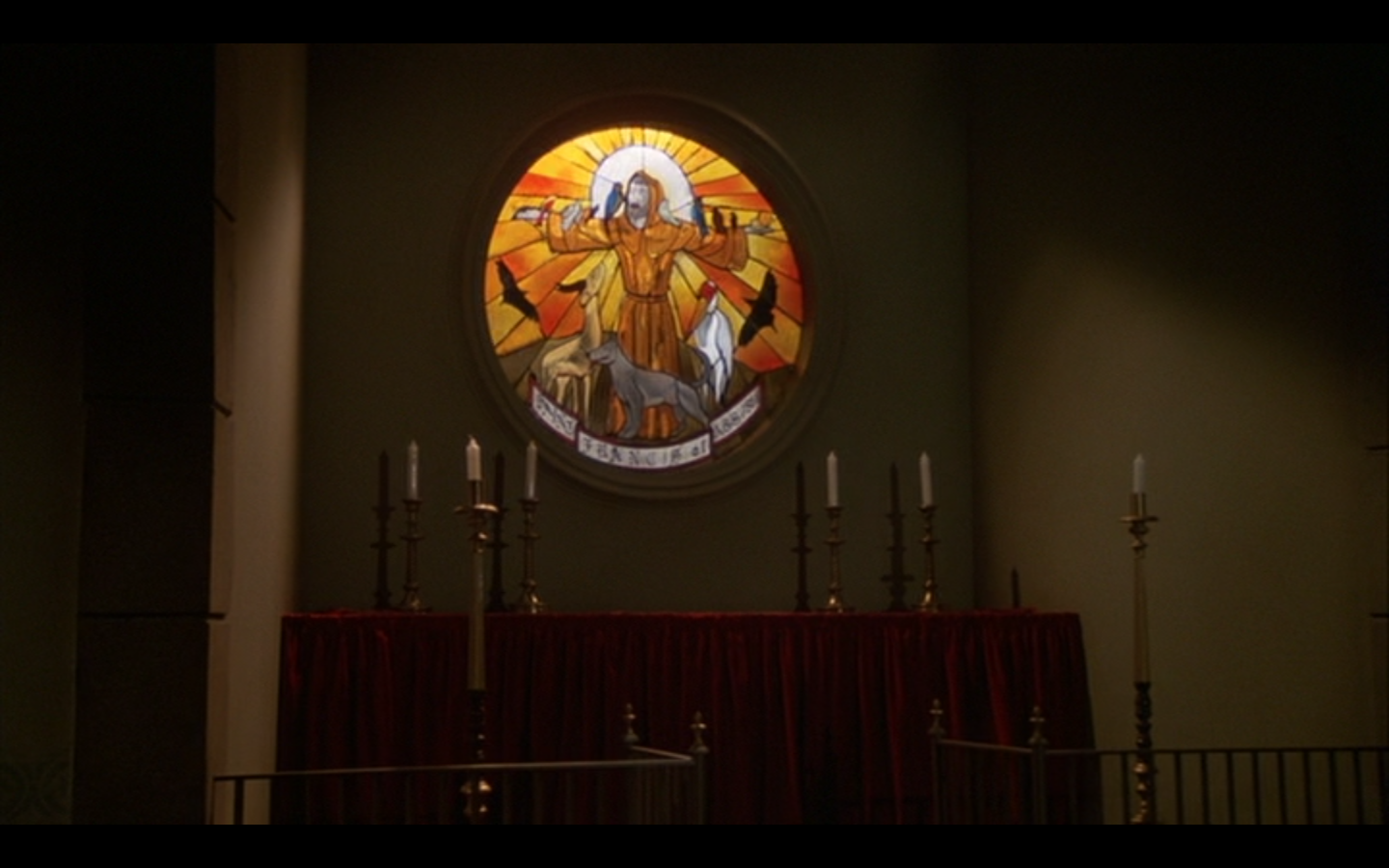Kevin
Smock
30
April 2014
Similar
to the burst of productivity during the post World War II period in the United
States, Great Britain’s cinema also took off. Films like Carol Reed’s The Third Man and Laurence Oliver’s
Shakespeare adaptations still serve as inspiration for many pertinent
filmmakers today. However, Michael Powell’s and Emeric Pressburger’s The Red Shoes (1948) proves to be one of
the most valuable within the era. Handled with such dexterity, the
Impressionistic and Expressionistic story showing methods cannot go unnoticed. Not
only that, but the film also exists as a wonderful narrative and sheds light
onto some valuable themes. It is a film about decision-making; it is a film
about making sacrifices; it is a film about choosing between one’s passion and
one’s lover.
The
movie, like many of the time, takes on a concise three-act structure that keeps
viewers engaged throughout. Most films of the 40s and 50s (and even today) take
time in act one to establish all necessary exposition. During the studio era,
though, information was given rather obviously and usually by word of mouth. Not
to discredit the films of that time, because many of them are quite wonderful, but
studio heads usually lent a heavy hand in making the movies as blatantly
comprehensible as possible, often resulting in a repetition of information
distribution. Getting back on track, the outstanding thing about The Red Shoes is the fact that the most
imperative exposition is communicated visually, especially the defining moments
of the central characters. For instance, Julian is enthralled with music and
wouldn’t give it up for the world… until he’s forced to later in the film. With
only two cuts this fact about him is definitively demonstrated.
Then,
a similar occurrence, Victoria lives for dance, and like Julian, would not give
it up for the world, again, until she’s forced to later in the film.
These
two moments mirror one another, creating a crucial parallel for the whole film.
From here, the two characters build their careers up step by step and
synonymously. The film kicks off with two separate parties: Julian and co. +
Victoria and co. They’re both attending a ballet, Heart of Fire, directed by Boris Lermontov and scored by Julian’s
former professor, Palmer. Throughout
the performance, Julian realizes that the score used in the ballet is actually
a work of his own and Palmer has stolen it from him. Meanwhile, Lady Neston,
who is friends with Palmer, delivers a note to him that invites him as well as
Boris to a party she is throwing. However, she has an ulterior motive, which is
to introduce her niece Victoria to Boris so she can get an opportunity to dance
in his ballets. The way in which both Julian and Victoria are invited to
partake in Boris’s production company is witty, funny, and visually wonderful.
When Boris is at Neston’s party he is in
line for food with Victoria next to him. The audience is well aware of
Victoria’s desire to be acquainted with him as well as the fact that Boris has
no idea who she is. Victoria and Boris get to talking and Boris mentions the
fact that he has been suckered into attending the party and he was only wanted
to scope out another talent that he most likely will not be impressed with. At
this point, the audience is most likely thinking something along the lines of,
“uh-oh!” Victoria cannily responds by stating that she is that certain talent. Boris
is charmed by Victoria though, as much as his personality would probably like
to deny it. In result, he invites her to his company’s practice space. While
this occurrence relies heavily on dramatic irony and a witty dialogue exchange,
Julian’s episode that lands him in Boris’s company is dependent upon editing
and sound design.
Julian storms into Boris’s office and
explains that he is a former student of Palmer and that Palmer has lifted his
score. Boris sardonically responds, “It is much more disheartening to have to steal than to
be stolen from, hmmm?” On a complete side
note: Truer words have never been spoken. Boris ends up inviting Julian to play
a musical number to show him what he has got. Now, one would think that the
ballet director would pay the utmost attention to a performance. However, this
is not the case.
Cutting
back and forth among these images creates a synthesis that states: These sorts
of things constantly surround Boris, a musical performance is no big deal for
him. The fact that the sounds of Boris’s eating utensils clanking around tend
to overshadow Julian’s music and that Boris’s servant moves freely about the
room in no regards to the performance doubles the effect of this concept. Julian
takes his lackadaisical attitude as a huge insult and storms out of Boris’s
office. He’s stopped before he can exit though and Boris invites him to be
apart of his company. This simple moment is wholly demonstrative of each
character. It exemplifies Boris’s years of experience in the business against
Julian’s novice attitude. It also conveys Boris’s competence, the fact that he
doesn’t even have to think twice about considering Julian for the part, he
effortlessly makes the right decision.
These
two moments yield the beginning of act two, where the two main characters’
actively begin the pursuit of their established goals: to perform. The
remainder of act two demonstrates the struggle for the two rookies to prove
themselves. They both show up at Boris’s rehearsals expecting adequate
treatment only to be let down by Boris hardly acknowledging them. Julian and
Victoria, after showing Boris they have what it takes to succeed, are invited
to hold honorary positions on Boris’s next ballet, The Red Shoes. The midpoint of the narrative occurs when Julian and
Victoria meet for the first time, in high spirits, at the theaters balcony.
Chemistry among the two is sensed early on; by the end of their encounter any
ordinary audience member would receive the conception that an affair will bud
from this. They observe a train car traveling below the balcony that blows a
cloud of smoke their way. This image serves as a prominent motif for the film.
In this scene, it represents the birth of a new relationship.
One
of the main reasons Victoria is able to land her role in the ballet is due to
the former actress’s marriage. Boris feels that strong personal relationships
distract one from their creative endeavors. Essentially, an individual can only
have one love. By planting this piece of information we learn a lot about
Boris’s philosophies and also yields for a much more interesting scene at the
climax of the film. The whole cast and crew of the ballet is attending a
celebratory party due to the ballet’s success. One of the member’s of the
ballet playfully points out that two of the “members of the family” are not
present. While the whole party admires the notion that the two are in love, the
camera has a tendency to hold on Boris’s somber expression while the endearing
voices of the other’s are heard, creating a wonderful counterpoint between the
visuals and the dialogue. Due to the planting of information earlier in the
movie – the fact that Boris doesn’t like his cast members involved in any sort
of relationships – the audience does not need to hear Boris explicitly
demonstrate his disapproval. The implication via the editing speaks much louder
than any words could. It’s more effective to observe his bottled up contempt
than to hear any sort of potentially contrived dialogue. Eventually, Julian and
Victoria are confronted by Boris, which results in a mess of their careers and
their relationship. Julian finds work in opera while Victoria stays out of
work. Victoria returns to Boris’s ballet but Julian soon finds out and appears
at the theater, sacrificing the opening night of his first opera just to
confront the two. Julian ends up storming out of the theater, feeling immensely
betrayed by Victoria. At this point in the narrative, viewers are designed to
sympathize with Victoria. While she did in a way betray Julian, Julian also
betrayed her in a sense: he moved on to opera, where dance does not exist. This
leaves Victoria’s career, but more importantly her passion, to lie dormant. The
ambivalent attitude Victoria comprises at this point is serious. What is she to
do? In a fit of panic and bewilderment, she attempts suicide by jumping off a
balcony, where the couple first met, onto the train tracks where a train is
quickly approaching. We see the same location that was once painted with a
palette of sunset colors and underscored with youthful compassion behaving in
the opposite fashion. What once signified the birth of a fresh relationship now
signifies the finale of it.
Miraculously
enough, and in proper fashion of 50s melodrama, Victoria survives. Julian then
approaches Victoria, ensures she’s in good health, demonstrates his affection
for her, and then a fantastic moment occurs. Their eyes are locked on one
another while Vicky states, “Take off the red shoes.” This ever so simple
subtextual line of dialogue speaks volumes. From the get go, from the first
time the audience is introduced to Victoria, it is evident that her only real
desire in life is to dance in a prodigious ballet. Now, for her to tell Julian
to remove the shoes is a huge moment for her character. What it means is
essentially I will give up my lifelong dream to be with you. To be with you is
to surpass any feeling of satisfaction I could get from dance. Although the
film’s plot has many elements of melodrama (which contemporary audiences have
generally grown intolerant of) the film’s moments are handled with such craft. Instead
of a long anecdote on how Victoria loves Julian and how she’ll give up dance
for him and blah-blah-blah, it’s summed up into one line of dialogue. Given all
that has been observed throughout the film, that’s all an audience needs to
hear and see. This sort of subtlety cannot be topped.
The
relationships among the characters within the story are crucial to the
organization and development of the film as a whole. As stated before, but will
now be elaborated on further, the parallels among Julian and Victoria set the
stage for the drama to come and also lead viewers into assuming that they will
come to meet and form a sort of connection, whatever that may be. From the
beginning of the film both of their lines of action are crosscut among one
another, and grow symmetrically until they meet midway through the movie. The
discernible parallels of the two include: They both intently observe their
preferred medium at play, early on in the movie; they both have a long way to
go and build themselves up, from rags to riches; they both have red hair; etc.
The benefits of creating such connections give order to the narrative, and it’s
human nature to seek some sort of form. Have you ever interrupted someone’s
daily routine? Meddled with their morning coffee, their midday cigarette, or
their post-dinner glass of wine? When the order of Julian and Victoria’s
relationship is broken, viewers have a reaction and they take a stance. Well,
that is what Boris does, but one cannot be quick to call him an antagonist
because he’s given the two characters their greatest opportunity, he has given
them a life they’ve always dreamed of. However, he can just as easily take it
away and is more than willing to when he learns of their relationship. For a
man of such creative talent, he’s adamant about terminating romance – a rather
peculiar duality, a contradiction almost. This aspect of Boris though, this
ambivalence, is what makes for a dense character, and that’s a major objective
for the dramatist. All of this character disagreement can be summed up with one
word: triangulation. Let us imagine an equilateral triangle with Boris at the
top and Julian and Victoria at the two points below. Boris is almost like a
puppeteer, with a sort of omniscient control over the two because he comprises
the ticket to their success. The tension of the film is indicative of this push
pull relationship among the three – it erupts for Boris when he finds out the
two are together, it erupts for Julian when he finds out that Victoria went
back to the ballet, and it erupts for Victoria when she cannot make a decision.
Speaking
of the end of the film, the conflict really occurs because once the two are let
go of the ballet, they can no longer perform harmoniously. Julian’s walk down
the road of opera has no room for Victoria’s dance moves, meanwhile they only
ballet that can gain Victoria any sort of merit is Boris’s. Essentially, dance
and music are at war. This very vital conflict at the end of the film is
conveyed rather innocently at the beginning of the film: Julian and his friends
are exploiting the wonderful work of Palmer towards two dance student sitting
next to them, who are trying to validate dance over music. Not only via the
dialogue is this idea expressed, but it’s beautifully done visually as well,
leaving the defendants of each medium in two separate shots and cutting among
them.
A
beautifully crafted scene in regards to time and emotion occurs just after
Boris has learned that the couple has been married. The scene begins with a
shot of some sort of public notice that Julian and Victoria have been married,
the camera then moves over to an ash tray overflowing cigarette butts. This
shot alone speaks volume on Boris’s attitude: stressed, angry, betrayed – and
he’s been there awhile, clearly, feeling this way. The rest of the sequence
carries on wonderfully and with no dialogue. By means of the image size,
Boris’s gestures, and pacing of the cuts, the audience immediately empathizes
with Boris. The images below are what storySHOWING is all about:
The Red Shoes cannot ever be brought up
without mentioning the ballet sequence. There’s very much going on within the
scene that concerns Victoria as a character. For instance, the audience
observes a shot of Victoria’s character in the play looking in horror towards
another character within the play. However, a flash frame occurs of the
antagonizing character being replaced with a shot of Boris, replicating the
character’s pose. What can be connoted from this is the fact that what is on
Victoria’s mind is to do well for Boris, thus substituting the antagonizing
force of the play with Boris. This is a very Impressionistic element of the
film, delving into such subjectivity.
However,
the strong point of this sequence is unrelated to the story as a whole, I
believe. I look at this sequence as a criticism, or maybe a comparison, of the
mediums of theater and film. In Andre Bazin’s What Is Cinema?, he discusses the differences between film and
theater and one line he states that is particularly evident in The Red Shoes is: “The cinema makes it
possible to carry a simple situation to its ultimate conclusions which on stage
would be restricted by time and space, that is, to what might be called a
larval stage.” This statement is basically exemplified in the movie. The stage
performance begins to be expressed as it would be to an audience member in a
theater.
However,
it ends up transcending into something far beyond any inherent bounds or
realism. Victoria mentions earlier in the play that her performance will
comparable to a “battle with the audience.” This is clearly just her nerves
talking and her speaking figuratively, of course. Yet, it is actually expressed
visually during the play. Again, characters within the diegesis of the ballet
are metonymic devices for what Victoria imagines to be the audience members.
Essentially,
all of the imagery within the play – once it moves past its early filmed
theater style – is expressive of Victoria’s mental state, much like a German
Expressionism film. By the end of the play, once she is satisfied with her
performance and viewers are clapping for her, the audience is substituted with
a serene ocean which suggests Victoria being at peace with them.
Again
though, I see the real beauty of this scene to be more of a triumph for the
cinema itself rather than an expressive vehicle for a character’s mental state.
The Red Shoes... what a movie, man.

.png)

.png)


.png)
.png)
.png)































.png)
.png)



.png)





.png)
.png)
.png)
.png)

.png)
.png)
.png)
.png)

.png)





.png)
.png)